-
A male purple martin (Progne subis) arrives back home to his multi-level flat, Monday June 7 in High Park. © BCP 2010
Thanks to the Toronto Star for letting us know that there are two pairs of purple martins now in residence in an avian apartment complex situated on the south shore of Grenadier Pond in High Park.
An article (published in the paper Monday, online Sunday) by Patty Winsa, with photographs by the Toronto Star’s chief photographer (and extremely swell guy), Dave Cooper, lets us know that it has been eight years since purple martins have been in this park.
I had never seen a purple martin before, or at least not that I am aware of, so I decided to head out to High Park Monday to see if I could see an example of North America’s largest swallow for myself. (The purple martin weighs about 50 grams, compared to its rellies, the tree swallow, barn swallow and cliff swallow and other swallow species that weigh about 20 grams.)
Wasn’t hard to find… After I arrived in High Park, I just asked a guy who was carrying what looked like a 500-mm lens if he had been looking for the purple martins. He kindly pointed me in the right direction.
A few other curious people who came out to see these robin-sized swallows were rewarded with a sighting of mom and pop purple martin going in and out of their nest box. In between visits to the box the martins put on dazzling displays of powerful swooping and soaring over the pond as they searched for the staple items of their diet: dragonflies, damselflies, butterflies, moths, grasshoppers, katydids, mayflies, cicadas, beetles, flies, wasps, midges, and flying ants, according to the purple martin organization.
I found out a lot of other fascinating facts about purple martins from that organization’s website. For example, martins are the earliest tropical-wintering migrant to return back to North America from their southern wintering grounds — Brazil. For another, adult purple martins are said to be lithophagous, or stone eating. Here’s what the website says about that: The martin “frequently feeds its nestlings sand, shell, quartz, broken glass, and metal fragments for its grit and/or calcium content. This is a beneficial adaptation to aid in the mechanical breakdown of the large, hard-bodied, insects they are fed. In concert with the muscular contractions of the bird’s gizzard, grit acts as “teeth” for the “chewing up” of food.”
There’s lots more that’s interesting about these big swallows, and as I learn more, and hopefully get a better picture of one, I’ll pass it along.
-
Thank God I didn’t have to learn this lesson the hard way, eh? © BCP 2010
In the meantime, get a load of this sign I saw in many locations along the paths in High Park. I didn’t know that poison ivy was an issue in any of our city parks. I should have, clearly, but I didn’t. For that matter, I wouldn’t have been able to identify this plant as something I should exercise caution around. I had heard the warning “leaves of three, let it be” many times. But I never really connected that warning with a plant that is so darn big!
Glad I learned about this particular hazard of the natural world the easy way.
-
A male house sparrow leaves the nest box while the Mrs. stays to look after the nestlings in High Park this week. © BCP 2010
Addendum: As I read this post over, I realize that I forgot to mention that the purple martin pairs are co-habiting in this High Park nest box with at least one pair of house sparrows, (Passer domesticus).
Their apartment is on the first floor, middle door, should you care to visit them. As a housewarming, perhaps they could use a door-knocker. Something along the lines of Owl’s in the Hundred Acre Wood? (Don’t tell Eyeore.)
© BCP 2010


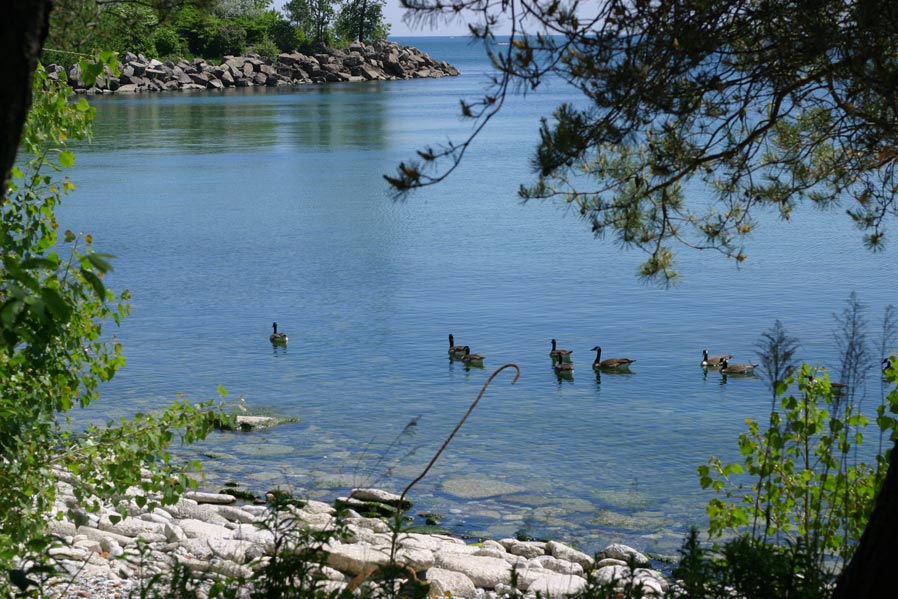
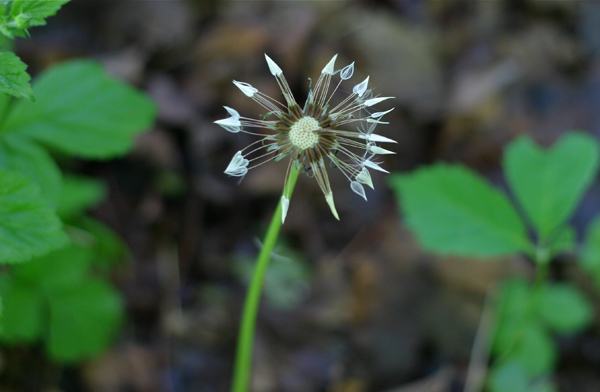
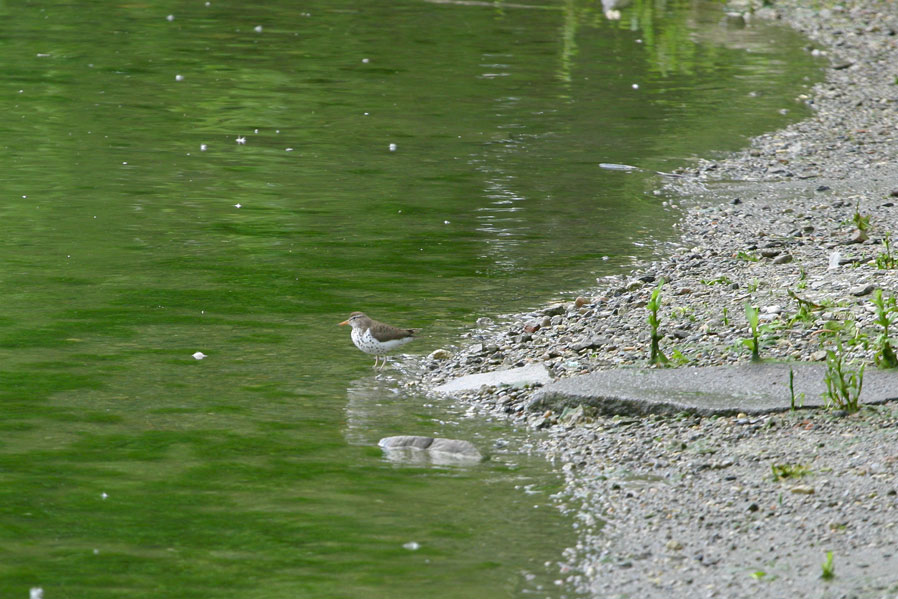
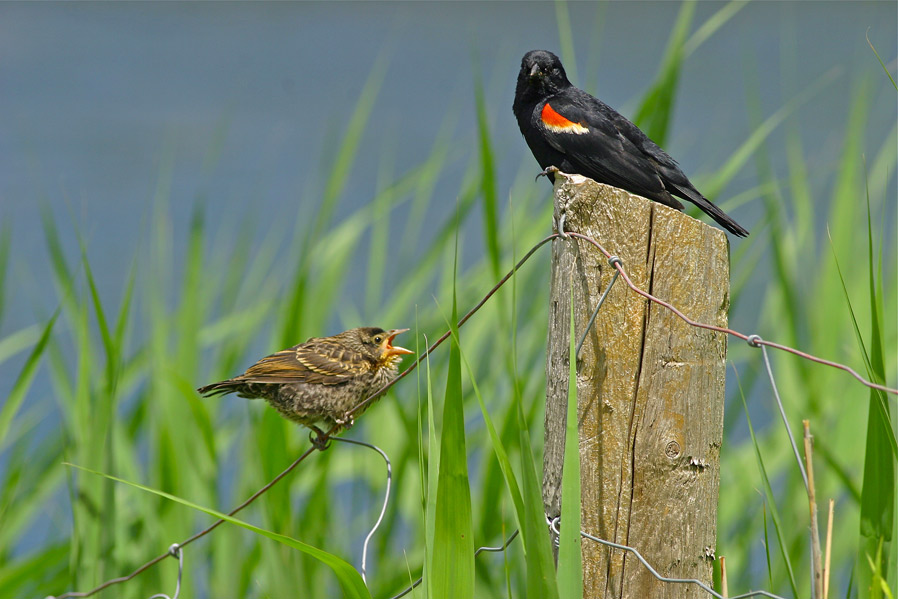
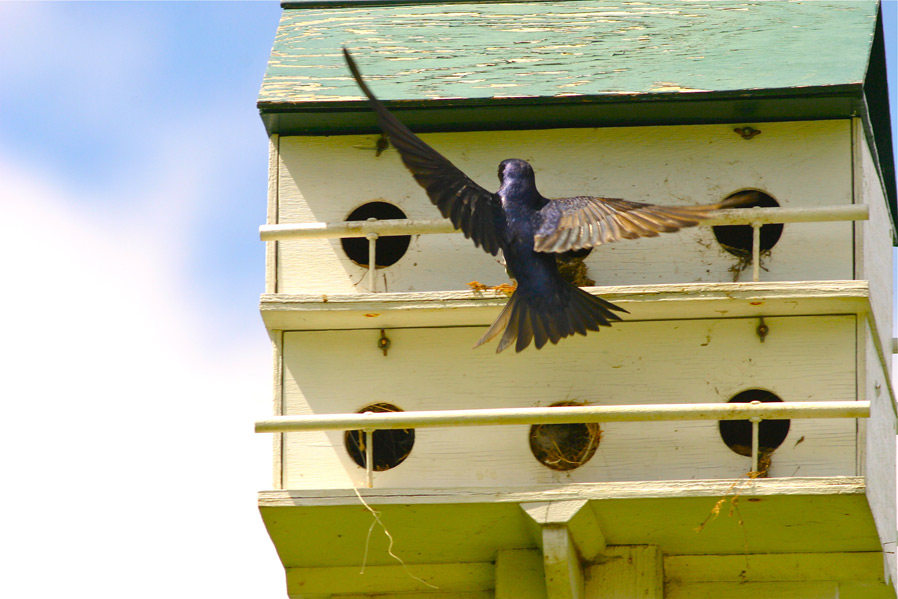
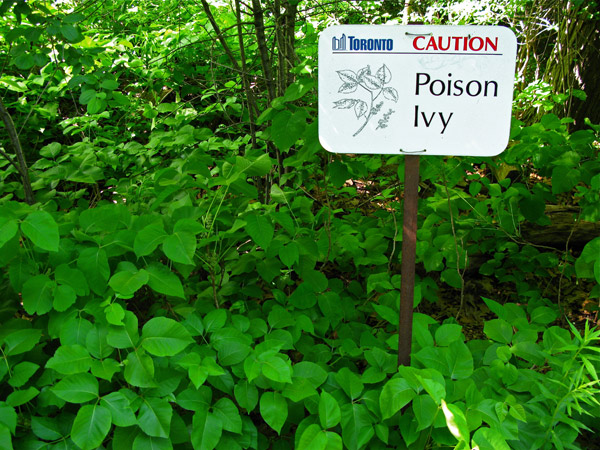
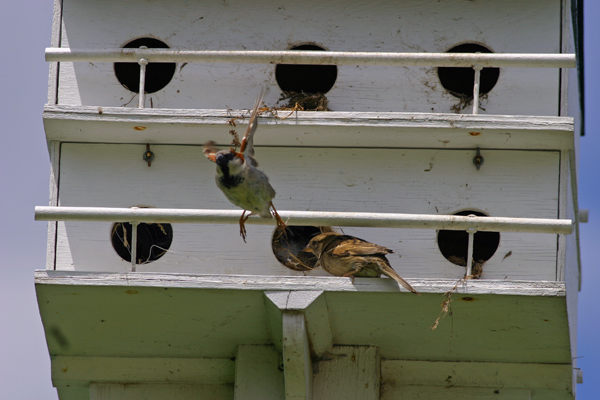
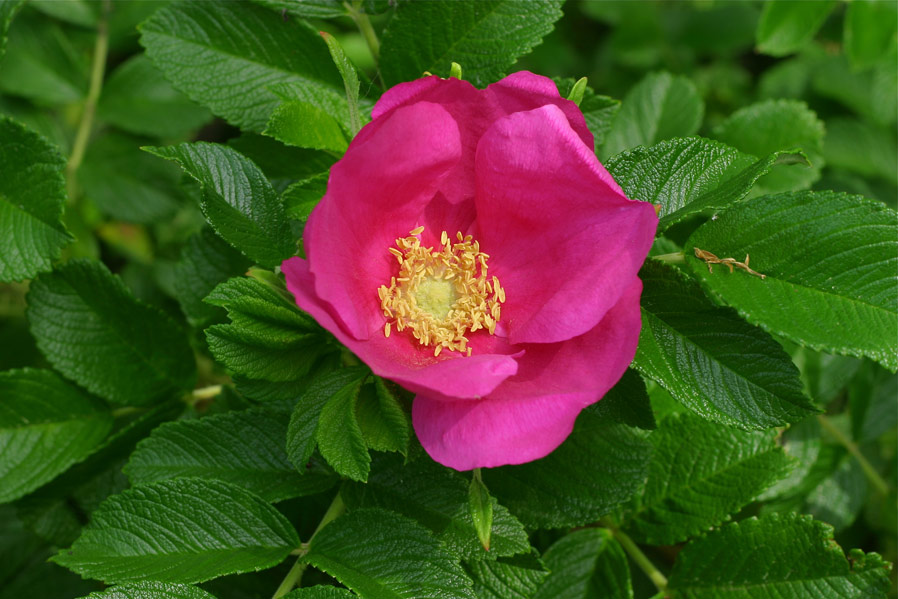

2 comments